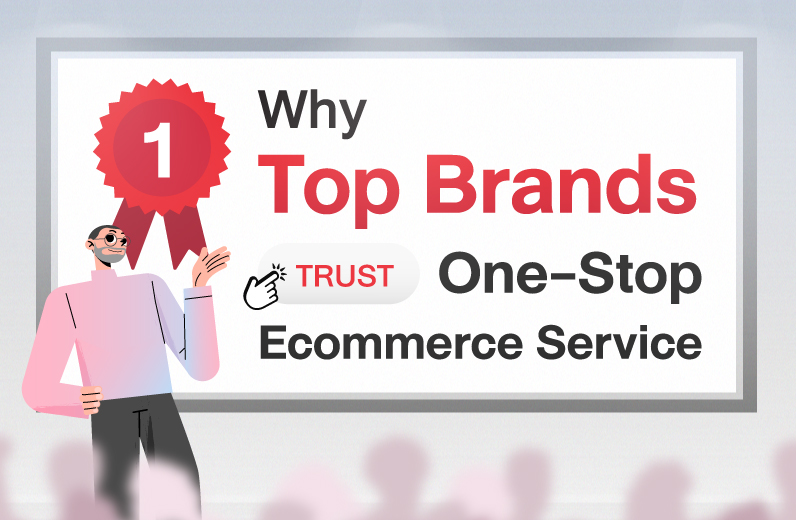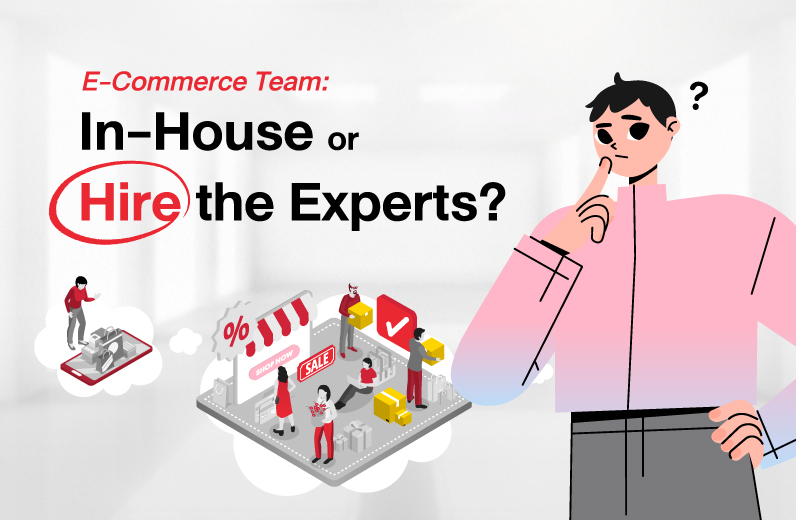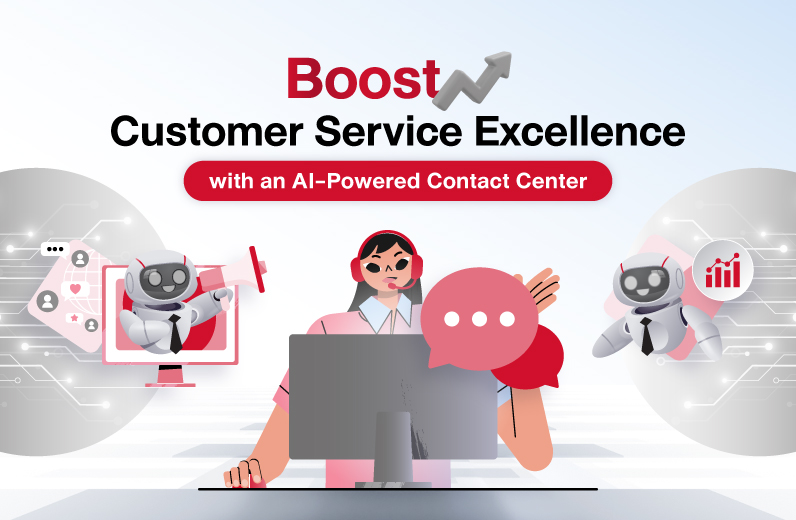What is D2C? The Strategy to Sell Direct in the Digital Era

What is D2C? The Strategy to Sell Directly in the Digital Era
In today’s competitive ecommerce landscape, many brands are moving toward D2C (Direct to Consumer)—a model where businesses sell directly to customers without intermediaries such as retailers or marketplaces.
This article will help you understand what D2C is, how it differs from marketplaces, why it matters in the long run, and how you can combine D2C with marketplace strategies using an integrated ecommerce approach, including localized recommendations and real-world brand examples.
Understanding the D2C Model
D2C is a business model where the brand has direct control over the entire customer journey. Rather than relying on third-party platforms for sales, D2C brands utilize channels such as:
-
Their own website (via Shopify, WooCommerce, Magento)
-
Social commerce channels (Facebook, Instagram, LINE)
-
Brand-owned mobile apps or subscription models
-
Live shopping via influencers or brand ambassadors
This gives the brand full control over pricing, branding, promotions, and user experience. Importantly, it also allows access to first-party data, which is crucial for long-term marketing optimization.
D2C vs. Marketplaces – Key Differences
|
Aspect |
D2C |
Marketplace |
|
Brand control |
High (fully customizable) |
Limited (follows platform rules) |
|
Fees |
Lower (platform fees only) |
Higher (sales commission + ads) |
|
Customer access |
Must generate own traffic |
Built-in buyer base |
|
Customer data |
Full ownership |
Limited or restricted access |
|
Trust factor |
Built through branding |
Based on platform reputation |
Long-Term Benefits of D2C for Brands
-
Own customer data: Track product interest, browsing behavior, and repurchase rates to tailor campaigns
-
Advanced CRM and retargeting: Segment buyers into new, lapsed, VIP, and seasonal groups for personalized outreach
-
Higher profit margins: Cut out middlemen and avoid excessive marketplace fees
-
Campaign flexibility: Launch campaigns with full control over creatives, discounts, and messaging
-
Personalized customer experience: Offer bundling, loyalty points, gift wrapping, or post-purchase surveys
![]() Common Challenges of D2C—and How to Overcome Them
Common Challenges of D2C—and How to Overcome Them
While D2C offers control, it also demands strong infrastructure. Key challenges include:
-
Traffic generation: Without a built-in audience, D2C requires SEO, ads, and content strategy
-
Website UX: Slow-loading pages or poor mobile optimization can reduce conversion
-
Fulfillment logistics: Late deliveries or inventory mismatches damage customer trust
-
Technical complexity: Integrating payment, inventory, CRM, and analytics requires resources
Solutions:
-
Use plug-and-play platforms (like Shopify) with built-in analytics
-
Outsource fulfillment to 3PLs
-
Work with ecommerce consultants or one-stop partners
Realistic D2C Strategies for Southeast Asian Brands
You don’t need to be a global brand to succeed with D2C. Local startups and SMEs can launch effectively by:
-
Using LINE OA or Facebook Shops for cost-effective social commerce
-
Leveraging micro-influencers to drive traffic to brand websites
-
Starting with a landing page and a single hero product before scaling
-
Offering flexible payments (BNPL, COD) tailored to local preferences
Example: A local Thai skincare brand used Shopee for launch, then migrated top-tier customers to its D2C store with exclusive trial kits and LINE CRM automation.
Combining D2C with Marketplace Strategy
Marketplace channels still play a vital role in acquiring new customers and generating volume. Smart brands:
-
Use marketplaces to build brand awareness and acquire first-time customers
-
Incentivize repeat buyers to switch to D2C via loyalty programs, referral codes, or early access to new products
-
Synchronize product data, fulfillment, and promotions across both channels
-
Use one-stop ecommerce partners to manage backend operations efficiently
Learn how transcosmos One-Stop Ecommerce Solutions helps unify your D2C and marketplace growth with seamless tech and ops support.
Final Thoughts – D2C is a Long-Term Brand Investment
The shift to D2C is more than a trend—it’s a structural change in how brands build direct, data-driven relationships with consumers.
Whether you're a new brand looking to own your customer experience or an established player aiming to reduce dependency on third-party platforms, D2C is your route to:
-
Better margins
-
Smarter marketing
-
Stronger brand loyalty
Start small, scale wisely, and build a connected strategy with D2C at the core.





